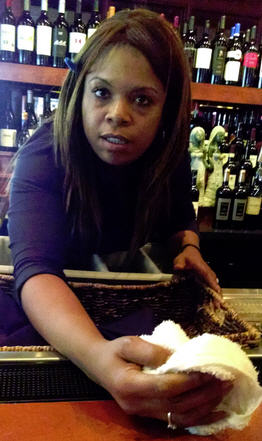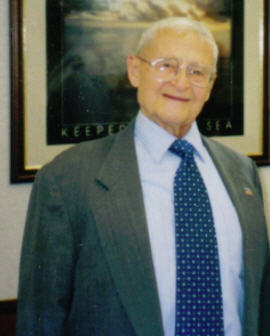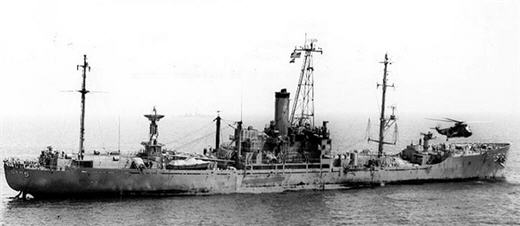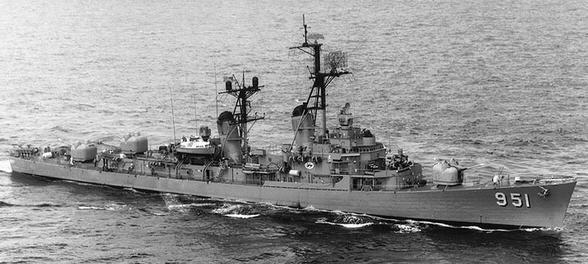
(Boomer takes that critical first Happy Hour order. Photo Socotra).
The people and employees at Willow seem to blend together into an ersatz, if quite real, family. When things were going well at the restaurant, all was right with the world. When there was a shake-up in the personnel line-up behind the bar, it was like losing part of the family.
Peter, Big Jim, Tinkerbelle, Liz-S, Boomer, Tall Sammy, Briana, Marvin…the departure of each had special circumstances and a certain period of mourning.
The bartenders were the highest visibility members of the crowd, of course, and Old Jim who holds court at the Amen Corner of the long bar. Boomer was still working there and had not moved down to Shooter McGee’s on Duke Street, and she was big and bold as life there at Willow this afternoon.
Mac and I had made plans to meet and talk about technical intelligence collection operations in the Vietnam conflict. He was still off alcohol (on Doctor’s orders, dammit!) and just sipping a bit of his first Virgin Mary about halfway down the bar when I slid onto a stool next to him.

We exchanged pleasantries but didn’t talk about the election, or the economy or the prospects for World Peace breaking out. I had my pen, and I actually remembered to bring a notebook. No napkins this afternoon, and I looked at the Admiral expectantly, and he knew just where to start.
“It was 1961. In order to cope with expanding threats all over Asia, we had commenced a series of peripheral intelligence collection patrols along the Soviet and Chinese coasts known as the “DeSoto Patrols.”
“Ed Nielsen and I originated the concept back in Washington before I went out to Hawaii. It was a valuable concept that got us unique intelligence on all sorts of emitters, communications and military training. In fact, using the Desoto platforms soon had them on station from the Bering Straits to the Java Sea and through the Malaka Strait. We were trying to patrol and collection in limited areas from the Arctic Circle to south of the Equator.”
“For example, when the Indonesians acquired SAM-2 GUIDELINE missiles from their cozy relations with the Soviets, we mounted DeSoto Patrols off the Indonesian coast to try to intercept the electronic signals from the missiles. That was some of the first SAM-2 missile ELINT that the United States ever obtained. Unique stuff and very useful.”
“We used to have pre-configured vans we could load on ships. Did you use the existing electronic warfare fit on the destroyers, or did you have them take on board special equipment?”
“No real difference except for the sophistication of the equipment. We put a hut on the limited deck-space available on the destroyers to house special. Our concept for the DeSoto Patrols was to take ships
from the fleet, add equipment that the Naval Security Group would configure, and NSG would put a team onboard to work inside the hut. The intelligence collection mission was accomplished entirely from the hut by the NSG Ship-riders. They were just augmentees to the regular crew for the length of the patrol. It worked well.”
“It sounds just like some of the operations we conducted off Nicaragua with the USS Sphinx (ARL-24) when I was at Third Fleet, I said. “They pulled her out of the inactive ship facility at Bremerton to refurbish and patrol off the coast during the Contra war.”
“Sphinx was with us in Vietnam, too. Want to know how the program got its name?”
“You were interested in defunct American cars?”
“Close,” laughed Mac. “When I was head of Special Intelligence Branch at ONI in the latter part of 1961, we received a message one morning from COMSEVENTHFLT.”
“I am proud to have been a 7th Fleet sailor, Admiral. My son was, too, after he did his time out there in Yokosuka.”
“I quite agree. But you asked about where the name came from. In those days, Navy messages were had a standard slug to put in the subject line. In the case of this message stream, the subject line was: DeHaven Special Operation Off Tsingtao. The 7th Fleet Staff was proposing a special collection effort by USS DeHaven [DD-727], with NSG shipriders to operate off the People’s Liberation Army base at Tsingtao because there was some unusual training activity happening there. Ed Neilsen and I read that message early one morning in the Pentagon, and I said to Ed, “This is going to be voluminous; this operation which will create a ton of message traffic. And among, other things, we can no longer deal with that long slug line every time we have to write a message on the subject.”
“So, I took my pencil and I underlined the initial letters “DeHaven Special Operation off Tsingtao” and I abbreviated it, “DESOTO.” That, I guarantee you, is the source of the name for Desoto Program, which ultimately became extensive, successful, and eventually controversial.”
“Totally controversial after the attack on the Liberty, not to mention the loss of the Pueblo.”

(USS Liberty (AGTR-5) receives assistance after she was attacked and seriously damaged by Israeli forces off the Sinai Peninsula on 08 June 1967. An SH-3 helicopter is near her bow).
“That is what takes us back to the Vietnam War, finally. It was a Desoto Patrol that created the Gulf of Tonkin incidents. Turner Joy (DD-951) was on a Desoto patrol in the Gulf of Tonkin when she was allegedly attacked by North Vietnamese torpedo boats.

(USS Turner Joy (DD-951)).
“I have wandered into the continuing academic debate about the Gulf of Tonkin incident and I am pretty sure there are still parts of me missing. Now, you say “allegedly.” Most people feel there is no doubt about the first of the two incidents, but obviously there is considerable controversy over the second.
“I say “allegedly” because of the controversy. I am personally convinced there were two attacks, but, I say “allegedly” so I don’t get in trouble with the True Believers who maintain there was only one. Life is too short for that.”
“Amen,” I said, putting down my pen and raising my now-empty glass to get Boomer’s attention.
“Bottom line,” Mac said, “was that SECDEF McNamara reviewed the purpose and efforts of the Desoto patrols in view of the Turner Joy incident and issued an edict that, henceforth and thereafter, DeSoto Patrols were terminated. The program ended because of the Gulf of Tonkin incident — and I thought at the time it was a rather short-sided view. The DeSoto program had been extremely effective. Sure, Turner Joy
ran into a little trouble, but that was essentially one of the purposes of the program. What do you smart computer guys call it? ‘Not a bug, but a feature?’ ”
“I am a Luddite, myself, Sir. But I take your point. Presence has a certain imperative all its own.”
“Exactly. We were operating with a warship near the periphery in order to stimulate reactions and activities for intelligence collection purposes, and it worked like a charm. But here is where things went wrong. We stopped using real warships for a variety of reasons and went with platforms that had more deck-space, were cheaper to operate, and were not needed on the Gun Line in the South China Sea.”
“That was part of the Soviet intelligence collection scheme. They labeled some big auxiliaries as “AGI’s,” or Auxiliary General Intelligence. They were unarmed but awesomely capable of sucking every electron out of the spectrum, and they could hang around ports like Pearl for weeks and weeks.”
“We bought into the concept that our collectors should be unthreatening. We decided to use dedicated auxiliaries as collectors instead of warships. We configured the Pueblo (AGER-2), Banner (AGER-1), and Palm Beach (AGER-3) as essentially unarmed platforms that would be non-threatening and non-provocative to continue the Desoto-type of intelligence collection. You remember what happened as a result of that. The North Koreans were able to pick off the Pueblo, steal the radios and crypto gear, seize the ship and hold the crew hostage for eleven months.”
“It was a mess. I understand that some people say the point of the capture was to give the radios on Pueblo to the Russians, which allowed them to reverse-engineer the devices so they could use the keying material that John Walker started providing them around the same time. Having both the device and the key-code gave them access to our tactical communications in Vietnam. It was still going on as late as the 1980s.”
“If we had to fight them at sea, we would have had a worse situation than the Japanese when we penetrated their JN-25 communications,” said Mac. “If you have no secure communications, the enemy knows your intent.”
I allowed myself a little shiver. “I was out there then, and that would not have been pretty.”
Mac shook his head in agreement. “I was part of the Pueblo damage assessment later at DIA. I wish that had been one of the key conclusions- that our communications had been massively compromise and we might have changed the radios sooner. I will have to tell you about it, and how I met Wanda, who wound up in the Front Office at DIA for the next thirty-odd years.”
“I have always respected her,” I said. “ She was always kind and always professional.”
“And remember, it was the age of the mini-skirt,” laughed Mac.
“I just wish I could have met her when you did, Sir!”
Mac just smiled.
Copyright 2017 Vic Socotra
www.vicsocotra.com
